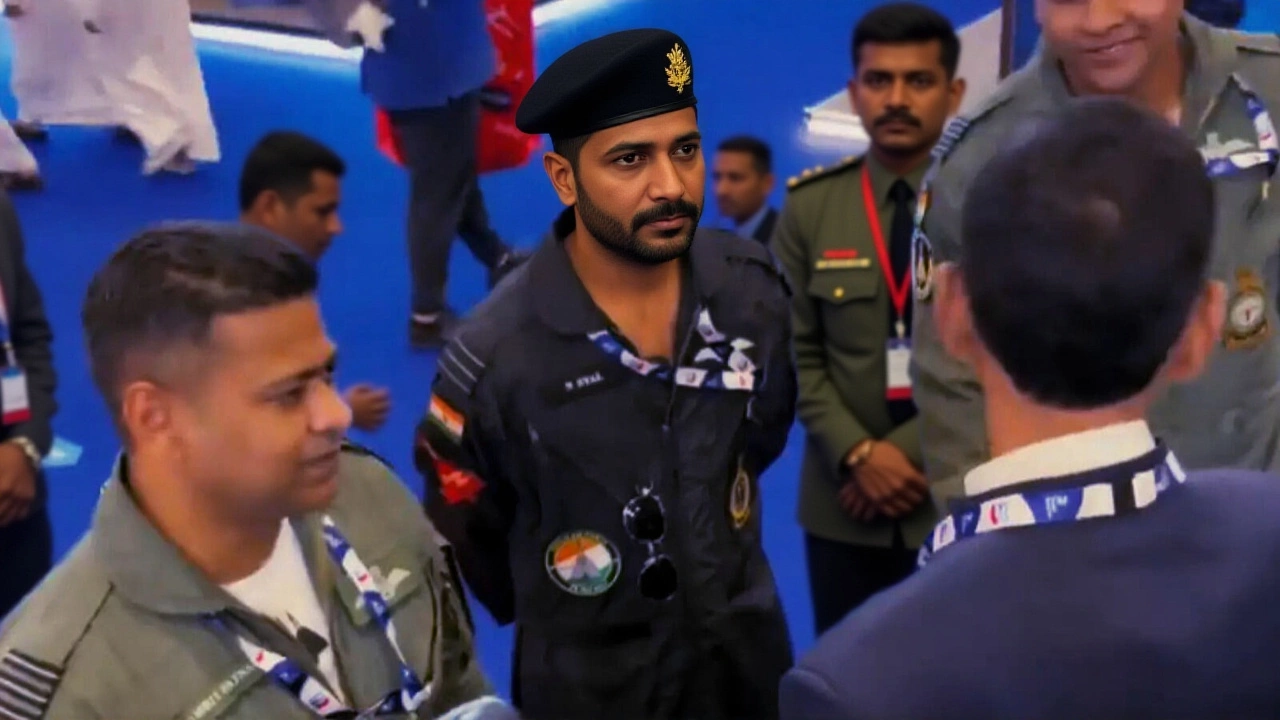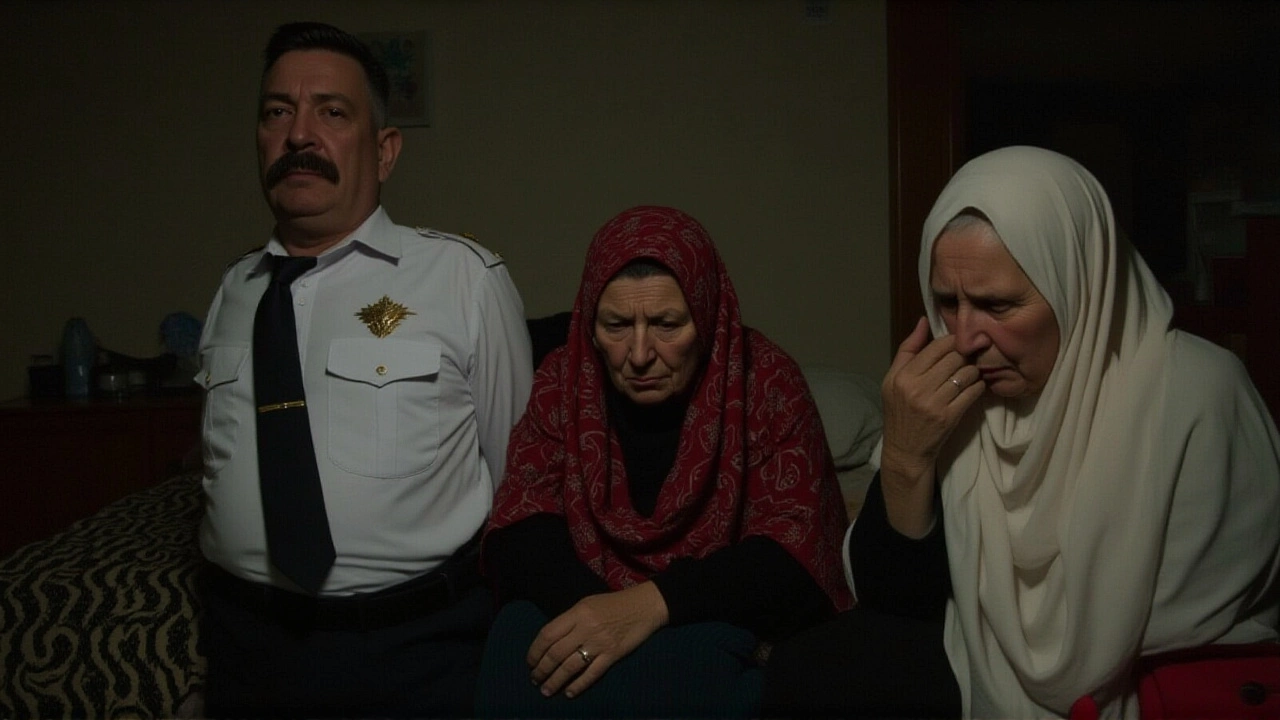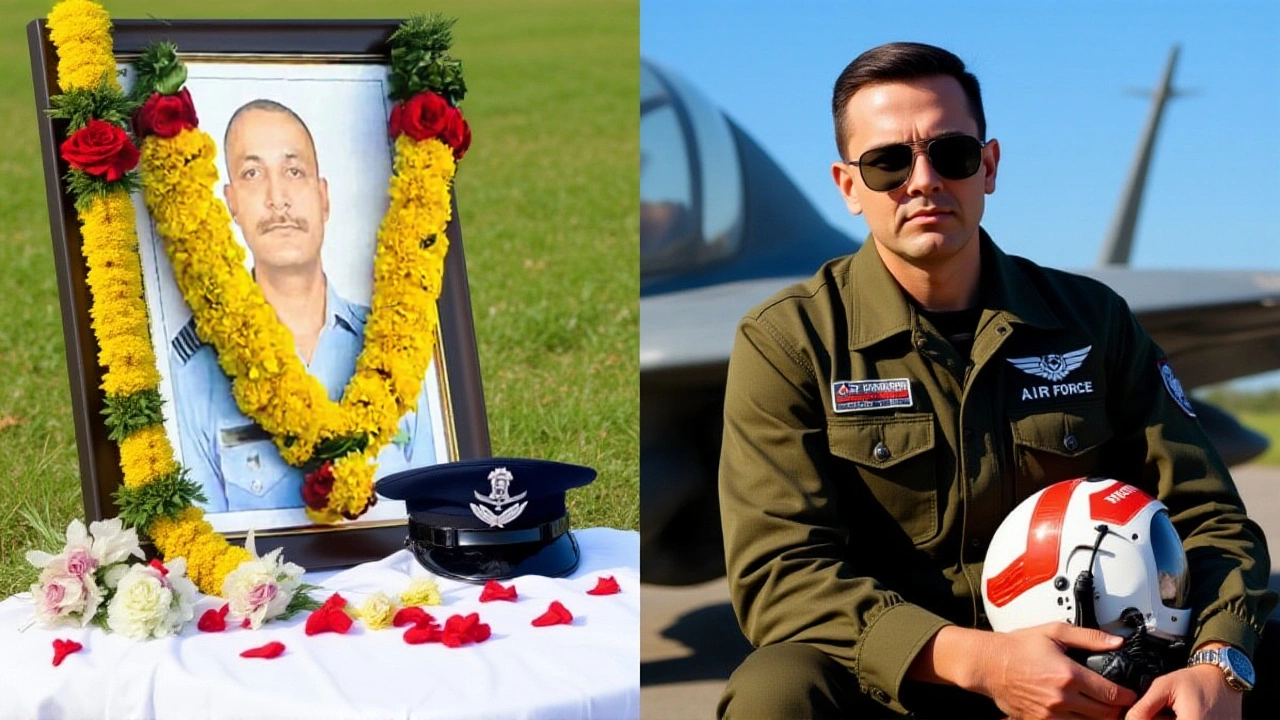Wing Commander Namansh Syal, a 34-year-old Indian Air Force pilot from Patiyalkar village in Himachal Pradesh’s Kangra district, died instantly when his Hindustan Aeronautics Limited-built Tejas Light Combat Aircraft (LCA Mk-1) crashed during an aerial demonstration at the Dubai Air Show 2025Al Maktoum International Airport on November 21, 2025, at 2:10 pm local time. The crash, witnessed by thousands of spectators including families, sent shockwaves through India’s defense community and the global aviation world. He was performing a high-risk negative-G maneuver at low altitude when the jet—its wings level moments before impact—plummeted into open ground near the airport perimeter. There was no time to eject. The Indian Air Force confirmed it.
The Final Moments
Video footage from the scene shows the Tejas, a sleek, single-seat fighter jet India proudly calls its first indigenous combat aircraft, flying smoothly through its eight-minute routine. Then, without warning, it dipped sharply. Witnesses described a sudden silence before the thunder of impact. Black smoke rose. Screams followed. Emergency crews sprinted across the tarmac. The Dubai Air Show organizers immediately suspended all flight displays. Spectators were ushered back to exhibition halls, their excitement replaced by stunned silence.
Just minutes before takeoff, Syal had been photographed smiling with India’s Minister of State for Defence Sanjay Seth, Ambassador to the UAE Deepak Mittal, and Additional Secretary Aseem Mahajan. Social media clips show him waving to the crowd—unaware. Major Surendra Poonia, a fellow pilot and Twitter user, captured the last frames: a man at peace, proud, confident. That’s the image that now haunts his family, his colleagues, his village.
A Pilot’s Legacy
Wing Commander Syal wasn’t just another pilot. He was one of the IAF’s most experienced operators of the Tejas, a plane that symbolizes India’s decades-long push for defense self-reliance. He’d logged over 1,200 flight hours on the platform—more than most pilots in his cohort. His colleagues say he was meticulous, calm under pressure, and deeply invested in proving the Tejas could compete globally.
He was also expecting a promotion. His wife, also an IAF officer, was stationed in Tamil Nadu. Their six-year-old daughter had just started school. His parents, Jagan Nath Syal and his mother, lived in their modest home in Nagrota Bagwan, where neighbors still remember him as the quiet boy who’d climb trees to watch fighter jets pass overhead.
When news broke, Jagan Nath was scrolling YouTube. He’d watched his son’s earlier Tejas demos. He kept the videos saved. He didn’t know the last one would be the final one.
Reaction Across India
By noon on November 22, Syal’s mortal remains had landed at Sulur Air Force Station near Coimbatore. From there, they were flown to Gaggal Airport in Kangra, arriving on November 23 for final rites. Villagers lined the roads. Women wept. Men stood silent, heads bowed. A school in nearby Dharamshala lowered its flag to half-mast.
Himachal Pradesh Chief Minister Sukhvinder Singh Sukhu called it a "heartbreaking loss" and said, "The nation will always remember Syal’s courage, commitment to duty, and service to the country." The Indian Air Force’s official statement—short, somber, and stark—read: "The pilot sustained fatal injuries in the accident. IAF deeply regrets the loss of life and stands firmly with the bereaved family in this time of grief."
Former classmates from Sainik School Sujanpur shared photos and messages. "He never bragged," said Pankaj Chadha, former president of the alumni association. "But when he flew, you felt proud to be Indian."

What Caused the Crash?
The IAF has constituted a court of inquiry. Preliminary analysis points to three possibilities: mechanical failure, human error, or an aerodynamic miscalculation during the negative-G maneuver. That maneuver—pulling the jet into a steep, high-speed descent—is one of the most demanding in any air show. It requires precise timing. A fraction of a second too late, and recovery becomes impossible.
The Tejas has a solid safety record. Since its induction in 2016, it’s flown over 7,000 sorties with no fatal accidents. But this was its first overseas public demonstration at such scale. The jet’s fly-by-wire system, while advanced, has limits under extreme stress. Experts note that the Dubai heat—over 30°C—could have affected engine performance and control responsiveness.
"It’s not about blaming the machine," said retired Air Marshal Arvind Singh, a former Tejas project advisor. "It’s about understanding how the human-machine interface failed under pressure. We’ve never had a crash during a display. That’s what makes this so devastating."
What Comes Next?
The Indian Air Force has paused all international Tejas demonstrations until the inquiry concludes. The Dubai Air Show organizers have not yet announced whether the Tejas will return in 2027. Meanwhile, the government has ordered a full review of all high-risk aerial maneuvers performed abroad.
For the Syal family, life has changed forever. A letter from the IAF arrived with a posthumous commendation. A scholarship in Wing Commander Syal’s name is being planned for children from Kangra who dream of flying. His wife has requested to return to active duty. "He believed in the Tejas," she told reporters. "So do I."

Background: The Tejas and India’s Aviation Ambition
The Tejas program began in the 1980s, born from India’s frustration with foreign arms embargoes. After 30 years of delays, funding battles, and technical setbacks, the first operational squadron was raised in 2016. Today, over 40 Tejas jets serve in the IAF, with more than 120 on order. It’s not just a fighter—it’s a national symbol. Every flight is watched closely, every success celebrated, every failure scrutinized.
This crash is the first fatal incident involving the Tejas in over a decade. But it’s also a reminder: behind every aircraft is a human being who trusts it with their life. And sometimes, that trust is broken.
Frequently Asked Questions
Was the Tejas jet safe before this crash?
Yes. Since its induction in 2016, the Tejas had completed over 7,000 flight sorties without a single fatal accident. Its safety record was among the best for any new-generation fighter jet. This crash is the first in its operational history, making it especially shocking to defense analysts and pilots alike.
Why didn’t Wing Commander Syal eject?
According to IAF officials, the jet hit the ground at such high vertical speed during the negative-G maneuver that there was no time for ejection. Ejection seats require a minimum altitude—usually over 150 feet—and several seconds to deploy safely. The aircraft’s rapid descent left no window for escape.
How is the Indian Air Force responding to the crash?
The IAF has formed a formal court of inquiry to investigate the cause, focusing on flight data, maintenance logs, pilot training records, and environmental conditions. All international Tejas demonstrations have been suspended until findings are reviewed. The IAF has also offered full support to Syal’s family, including financial compensation and lifelong benefits.
What impact will this have on India’s defense exports?
While the Tejas has drawn interest from countries like Argentina, Egypt, and Vietnam, this crash may cause temporary hesitation among potential buyers. However, defense analysts believe long-term confidence will hold if the inquiry finds no systemic flaw. The Tejas remains India’s most promising export platform—and its symbolic value outweighs one tragic incident.
Where will Wing Commander Syal be buried?
His mortal remains were flown to Gaggal Airport in Kangra, Himachal Pradesh, on November 23, 2025, for last rites. The funeral was held in his native village of Patiyalkar, where the local community organized a solemn ceremony attended by hundreds, including IAF officers and state officials.
Is there a memorial planned for him?
Yes. A scholarship fund for children from Kangra pursuing aviation careers is being established in his name. The Indian Air Force plans to name a training wing after him at the Air Force Academy in Dundigal. His name will also be engraved on the memorial wall at the IAF’s National War Memorial in New Delhi.
